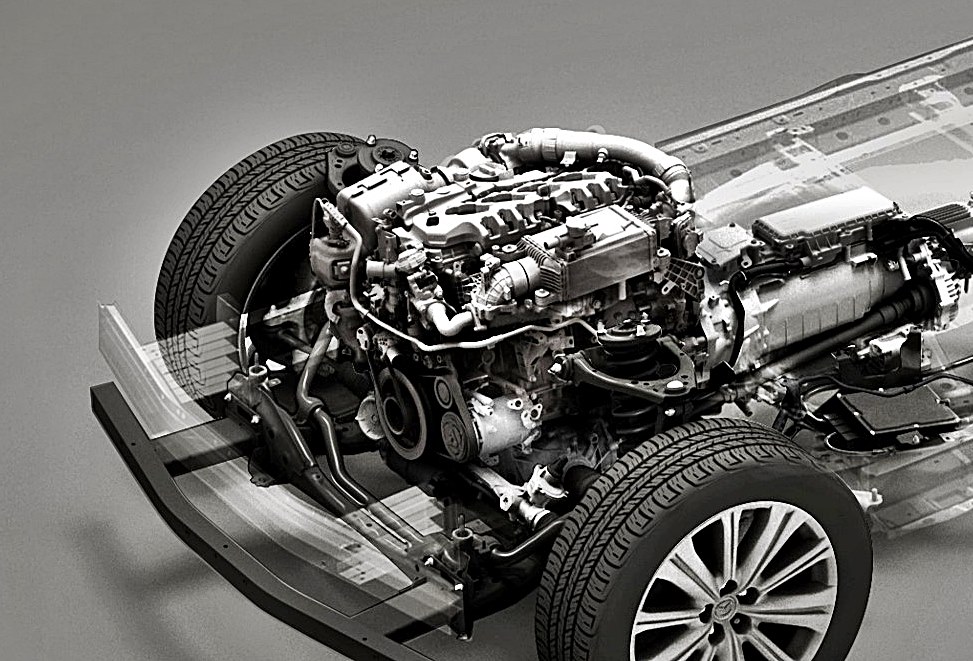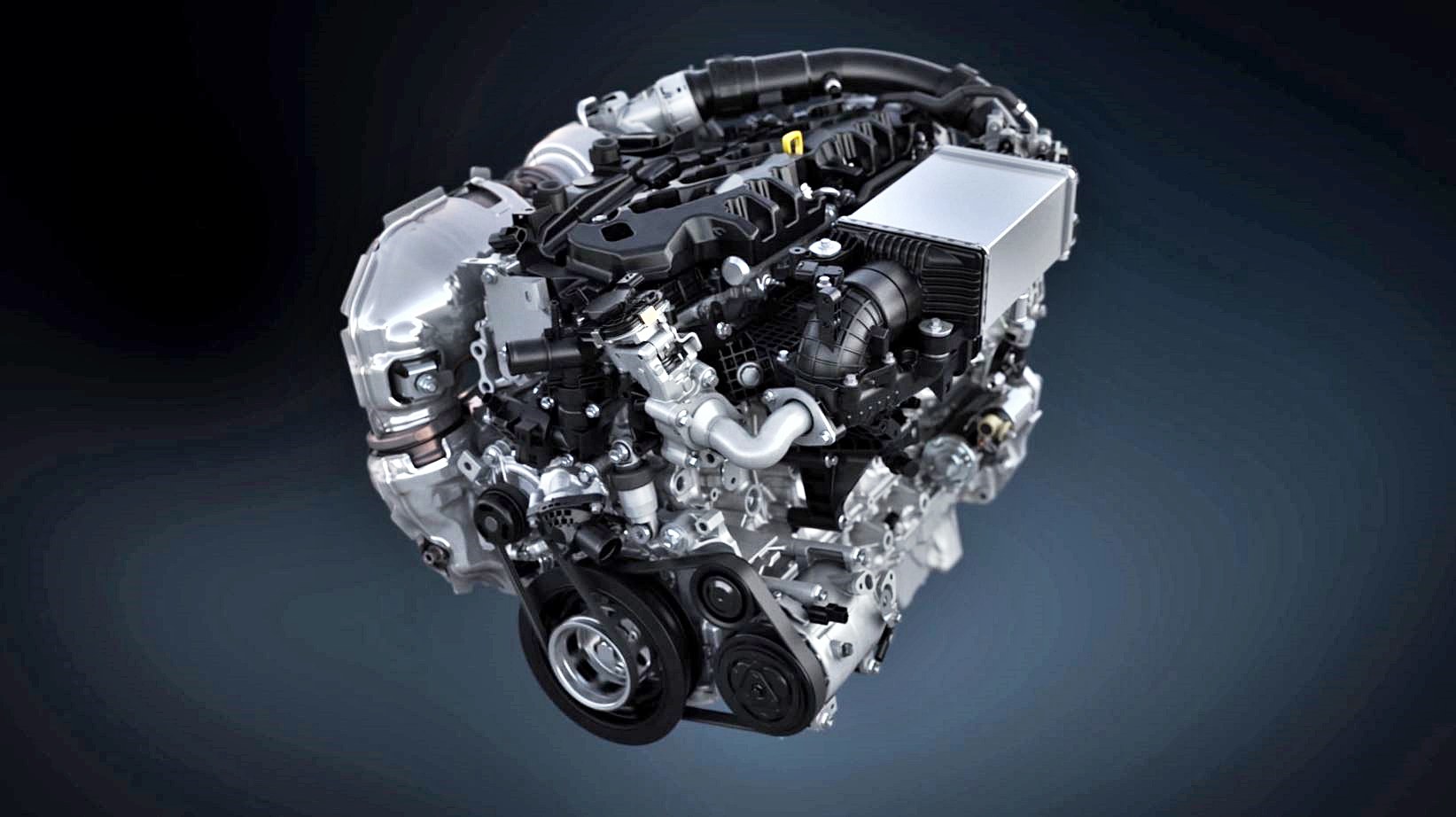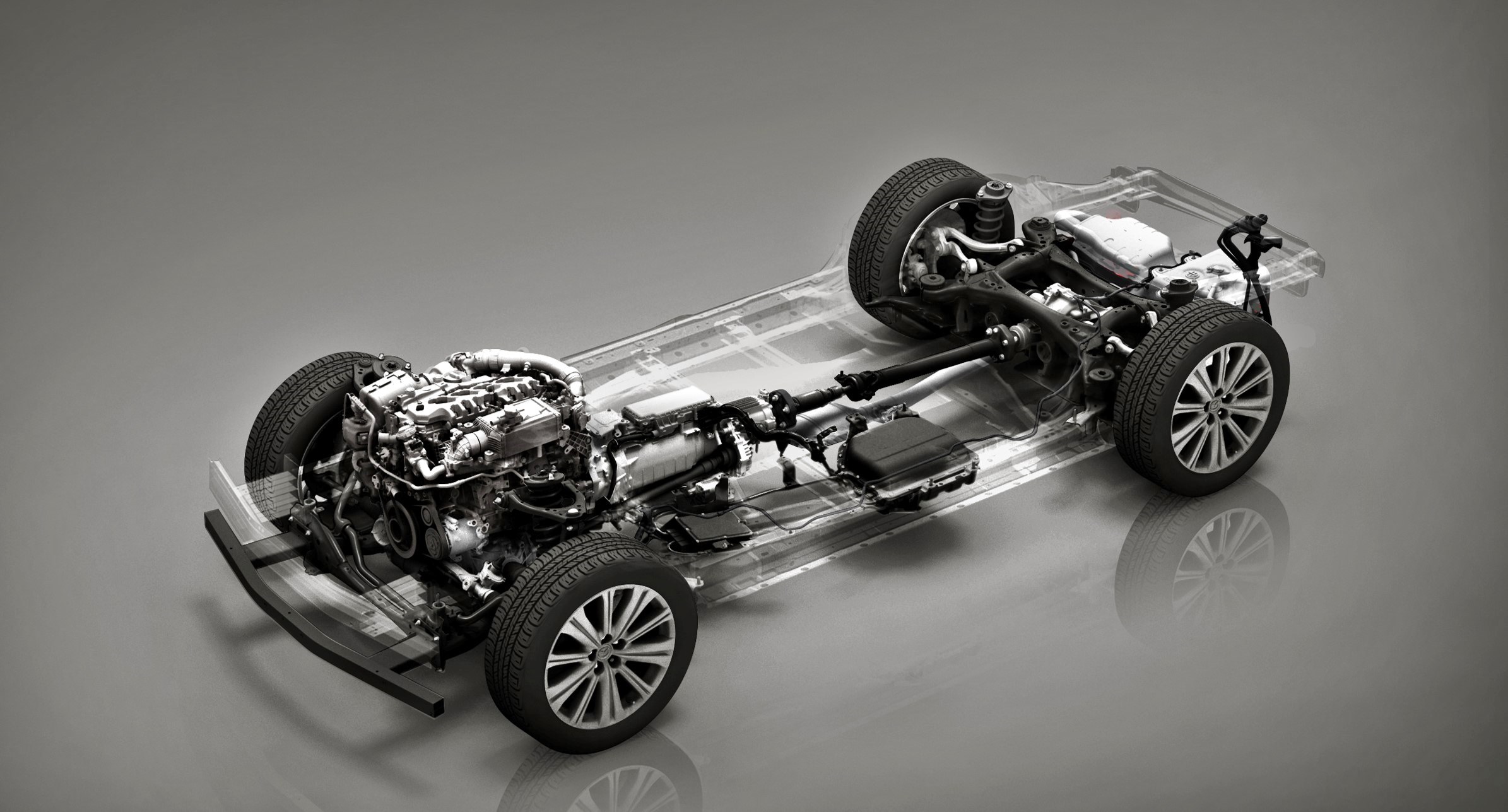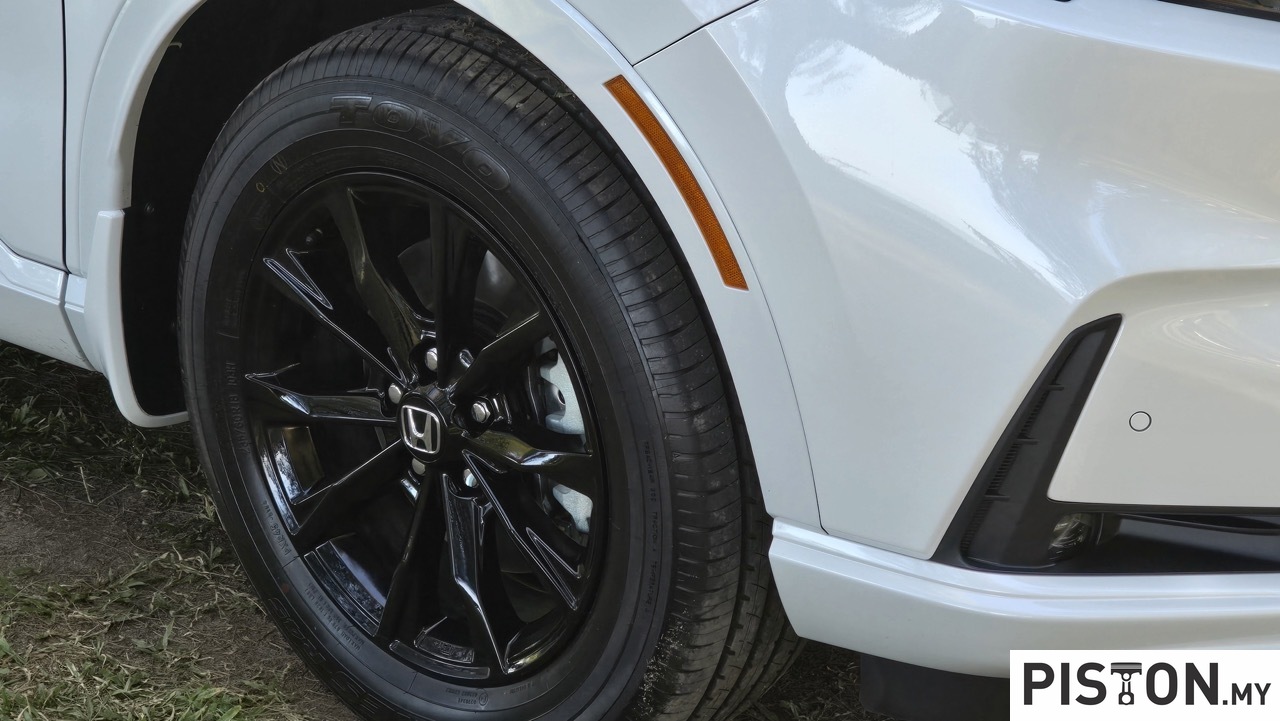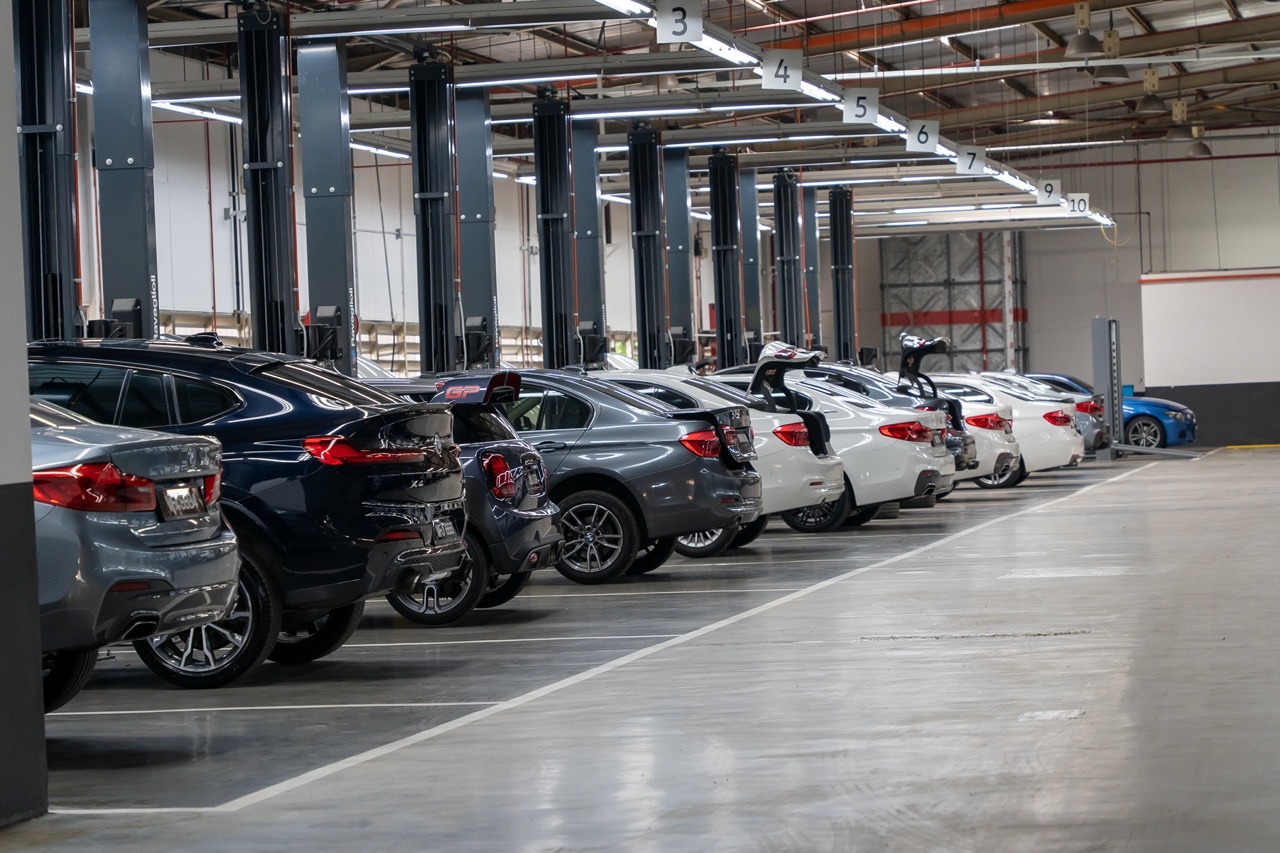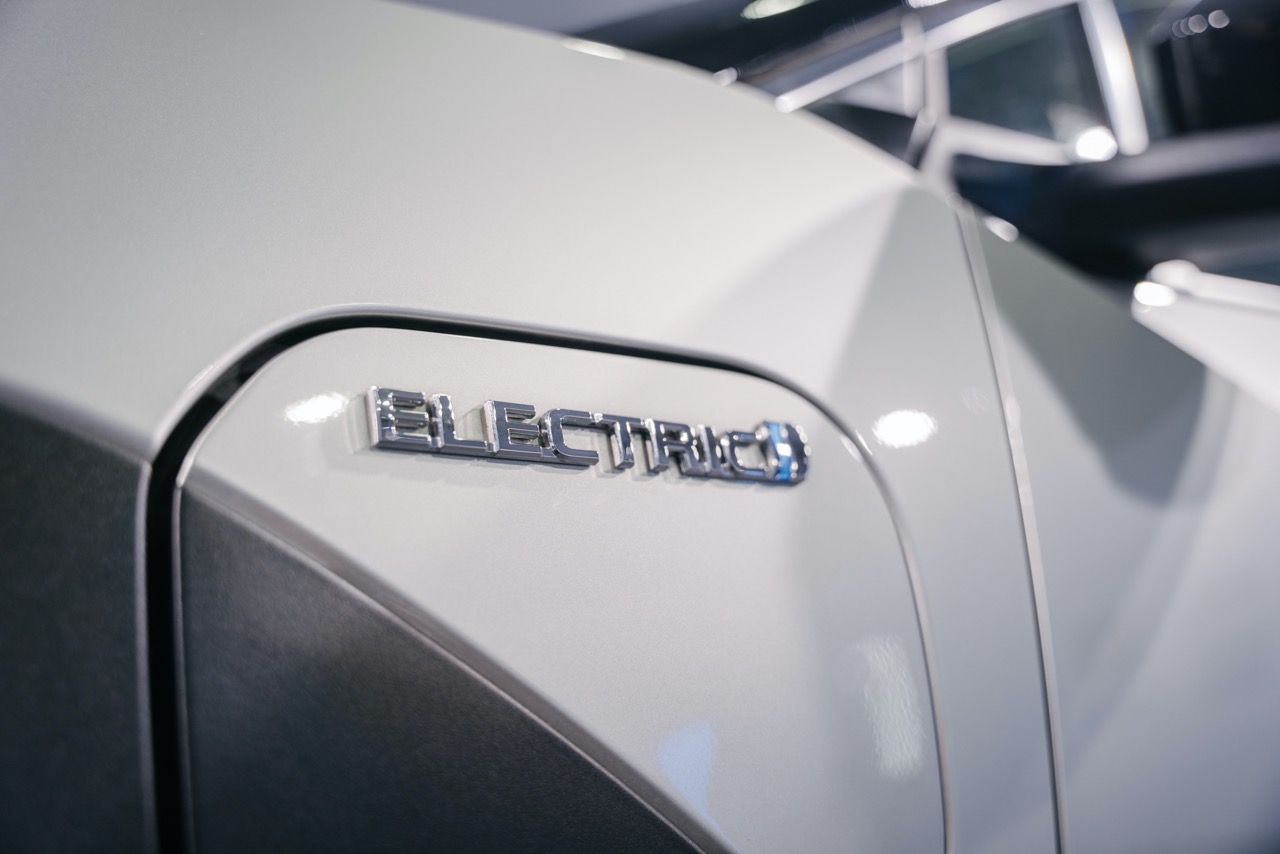Contrary to whatever you make think, the internal combustion engine that Rudolf Diesel invented in the late 19th century is not ready to go into the history books yet. The engine named after him that has powered millions of vehicles – and not just motor vehicles – for more than 100 years may have gained a bad reputation at various times in its life, but its robustness and fuel efficiency have made it the preferred choice for commercial vehicles.
The introduction of the commonrail high-pressure fuel delivery system 20 years ago made it more popular for passenger vehicles as it enhanced performance and various solutions were found to reduce its ‘dirty’ image (although ‘dieselgate’ was damaging). Nevertheless, today’s diesel engines, mostly with turbochargers boosting output, are still popular powerplants for vehicles like pick-up trucks and SUVs in the passenger-carrying category.
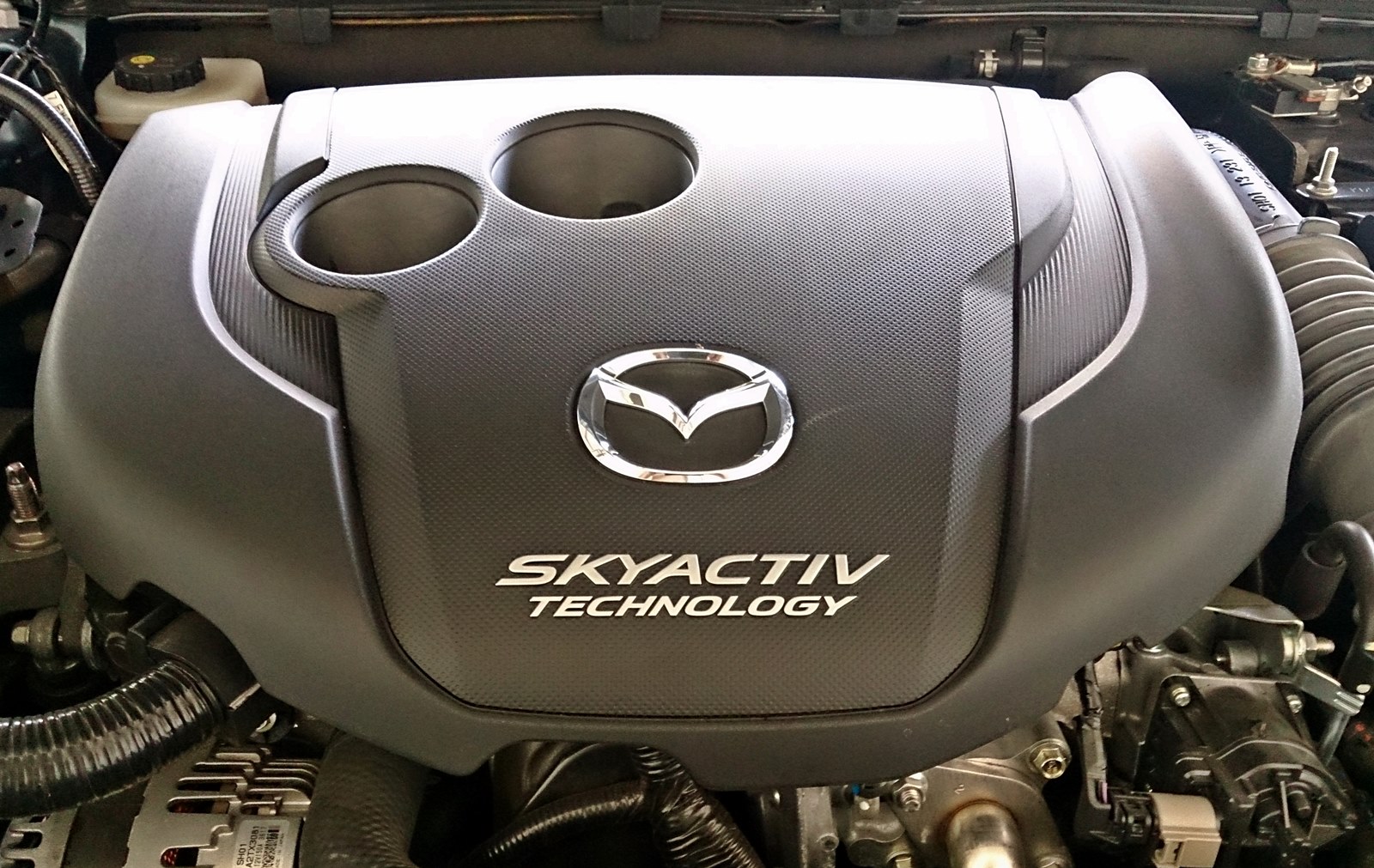
Mazda has been one of the diesel ‘loyalists’ and used its long engineering expertise to develop powerful, clean and efficient engines as part of the SKYACTIV powertrain family. Like some other Japanese carmakers, Mazda believes that a multi-solution approach is more suitable in the quest to reducing emissions to address climate change. Not all countries will be able to switch to electric vehicles at the same pace and some may still require combustion engines or hybrids, at least.
It has therefore not given up further development on combustion engines, pushing to the limits of the envelope to achieve lower emissions and better performance. It has now revealed an all-new e-SKYACTIV-D diesel engine which will be added to the Mazda CX-60 line-up in 2023.
Super-clean diesel engine
The new diesel engine is a Mazda first – a 3.3-litre unit that features Distribution-Controlled Partially Premixed Compression Ignition (DCPCI) Technology. This highly innovative advanced combustion technology makes the new e-SKYACTIV-D one of the cleanest diesel engines in the world, achieving a thermal efficiency of over 40%.
Developed using the ‘right sizing’ concept which optimises displacement to improve both fuel and power efficiency, the 3283 cc longitudinally installed commonrail electric direct injection 6-cylinder engine will have two power output levels: 200 ps and 254 ps. Depending on the model variant, there will be either 2-wheel drive or all-wheel drive.
Uses 48V hybrid boost system
The engine uses a new 48V Mazda M Hybrid Boost system to combine high output with excellent fuel economy. Together with the DCPCI technology, engine efficiency, emissions and fuel economy are improved. These contribute significantly to greater driving range, better performance and yet lower fuel consumption and low emissions.
6-cylinder engines are inherently smooth due to their ‘perfect balance’, which will contribute to drive enjoyment. The engine’s high torque delivery gives strong pulling power, even with a 2,500-kg trailer. Though it has a larger displacement and more cylinder, the e-SKYACTIV-D’s lightweight construction makes it weigh not more than the 2.2-litre Mazda SKYACTIV-D 4-cylinder turbodiesel engine used in the CX-5.
More new powertrains coming
In total, Mazda is launching 5 new electrified products in the next 3 years that feature its multi-solution platform architecture. These will include an in-line straight-six 3-litre e-SKYACTIV petrol engine and an e-Skyactiv PHEV. For the European market, the launch of the new CX-60 will take Mazda further forward in its fleet’s emission reduction to become entirely carbon-neutral by 2050. After 2025, the company will launch its brand new SKYACTIV EV Scalable Architecture which will allow Mazda to efficiently build electric cars of all sizes using one common platform.
Mazda to use SKYACTIV-D engine with next-generation biofuel in endurance racing


